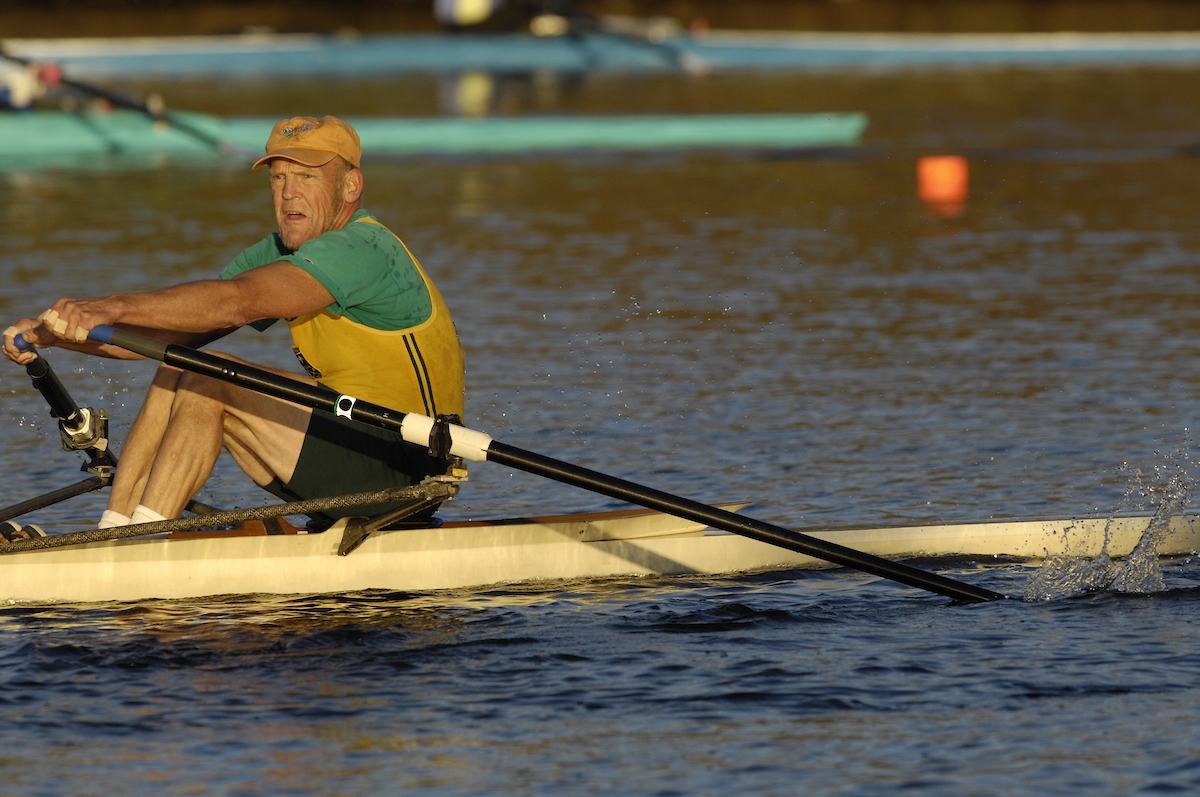BY ANDY ANDERSON
PHOTO BY PETER SPURRIER
To continue reading…
This article is exclusively for Rowing News subscribers. For as little as $5 a month, you can get access to the best quality, independent reporting on all the issues that matter to the North American rowing community.
Already a subscriber? Login
I write frequently about coaches. As a rowing coach myself, I like to think about what other coaches do–not just drills and workouts but how they work with their athletes and peers. I spent a lot of time talking to people about last month’s feature on Ted Nash, and it got me thinking, again, about the role of rowing coaches.
Coaches are teachers. How a coach chooses to explain and teach the rowing stroke is one of the most important elements of their job. Although most of us use video to show examples of what we want, you can’t just roll the tape and have the athlete figure it out. We rely on our words.
Some of Ted Nash’s vocabulary has always amused me. I remember hearing him talk with athletes about the “insertion” and “extraction” of the blade, not the catch and finish. The precision of these words conveys his passion for making the most minute matters important.
Another great coach, the beloved Larry Gluckman, had his own concern about the language of coaching rowing. He hated the term “the finish” because it implies that each stroke has an end point, and Larry wanted to make sure that his athletes and the coaches he talked to at clinics across the country understood that the rowing stroke is a cycle. Each stroke is connected to the next one. Calling the moment when the oar handles touch the body and the blades come out of the water “the finish” disrupts the cycle. Once you begin to row, there is no finish. Larry talked about the entry and release, not the catch and finish.
Do these small linguistic choices make a coach great? I doubt it, but they do reflect the care and seriousness with which coaches instruct their athletes. Some coaches use analogies and metaphors to get across what they want their athletes to do in the boat. Al Rosenberg, the renowned coach of the 1964 Olympic gold-medal eight and 1974 world champions, talked about how the motion of putting the blade into the water is like rolling an orange off a table and snatching it before it falls to the ground. Breaking with widely accepted vocabulary, he said that a “quicker catch” is not the goal. A good catch is like peeling a banana or putting on your pants: it can’t be done quickly. It must be done carefully and deliberately.
My own college coach used to talk about the rowing stroke as being similar to the Fourth of July picnic pastime of squeezing watermelon seeds between thumb and forefinger until they shoot forward at your target–typically that annoying little brother. “Put pressure on at the beginning of the stroke–the catch–and you’ll get that seed to squirt out and propel the boat and have great run,” he’d say, or something like that. I never did feel that in the boats I coxed, but it was an appealing image.
And where do coaches focus? When I began to coach, I was told that there are two kinds of coaches: those who coach the bodies, and those who coach the blades. Although this is obviously a foolish oversimplification, it probably is true that in the beginning, at least, a coach focuses more on one than the other. “You were a coxswain,” I was told, “so you’ll probably spend more time looking at the blades and trying to read them the way a cox would.” That made me determined to learn from the bodies, a view of rowing that I hadn’t ever had before.
I once asked Harvard’s Harry Parker what he would like to see high-school coaches spend more time on. “Work on the hands,” he said. “So many guys get to college without a clear understanding of how they should hold the oar and what the hands should be doing to feather and square up.”
It takes a while to develop a vision of what your crew should look like, but there’s probably no more important thing for coaches than to have a clear picture in their head of what they want the motion of their crew to look like. Crews that are coached by the best coaches have a distinctive look from year to year. When Todd Jesdale was a young coach at Cornell, he asked the heavyweight varsity’s Stork Sanford, one of the most successful coaches of his era, why as race day approached Stork drove his launch so far away from his boats. “The farther away I get, the better they look.”
Coaches probably get an inordinate amount of credit for the successes or failures of their crews. After all, there is nothing as important in the sport as having good athletes. But you knew that, didn’t you?

